Revolutionizing Manufacturing: The Impact of Automated Welding Cells on Production Efficiency
The manufacturing landscape has undergone a significant transformation in recent years, with advanced technologies paving the way for improved efficiency and productivity. Among these innovations, automated welding cells have emerged as a critical component in modern manufacturing processes. According to a report by the International Federation of Robotics, the global adoption of robotics in manufacturing is expected to grow by 15% annually, with automated welding cells playing a vital role in this trend. These systems not only enhance precision and quality in welding operations but also reduce labor costs and production time. By integrating automated welding cells, manufacturers can achieve a production efficiency increase of up to 50%, all while minimizing human error and maximizing resource utilization. This revolution in manufacturing is setting new standards and pushing companies to rethink their operational strategies to remain competitive in an increasingly automated world.
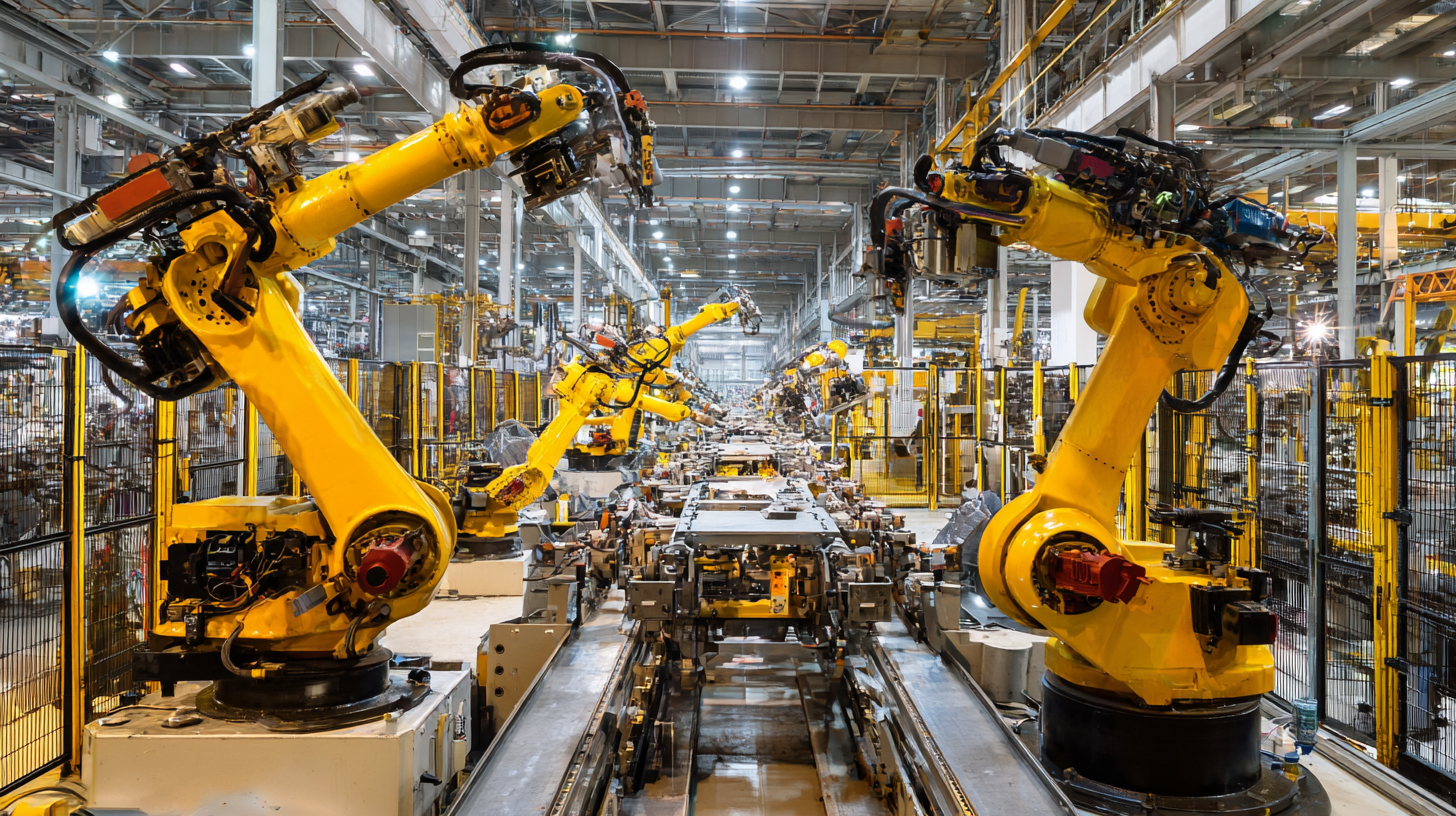
The Transition from Manual to Automated Welding: Efficiency Gains in Production Lines
The transition from manual to automated welding has significantly transformed production lines, leading to unprecedented efficiency gains. Traditionally, manual welding processes required skilled labor, which often resulted in longer cycle times and variable quality. Workers would need to employ time-consuming techniques to ensure precision, which could lead to inconsistencies and increased production costs. However, with the implementation of automated welding cells, these challenges are rapidly becoming a thing of the past.

Automated welding systems utilize advanced robotics and precision technology to streamline the welding process. These cells can operate continuously, performing high-quality welds at a much faster rate than manual methods. The integration of automation allows for real-time monitoring and adjustments, ensuring that each weld meets the required specifications without the variability that comes with human intervention. As a result, manufacturers are experiencing reduced labor costs, improved output rates, and enhanced product quality, ultimately driving higher profitability in competitive markets. The shift towards automated welding not only optimizes production efficiency but also sets new standards in the manufacturing industry.
Cost-Benefit Analysis of Automated Welding Cells: How Much Can Manufacturers Save?
The integration of automated welding cells in manufacturing has proven to significantly enhance production efficiency while offering substantial cost savings. According to a report by Grand View Research, the global automated welding market is expected to reach $7.41 billion by 2025, fueled by the demand for higher precision and increased productivity. Implementing automated welding systems can reduce manufacturing costs by up to 30%, primarily through lowered labor costs and minimized material waste. This shift not only optimizes resource allocation but also allows manufacturers to allocate capital towards innovation and development.
**Tips:** When considering the transition to automated welding cells, manufacturers should start with a thorough cost-benefit analysis. Evaluate initial setup costs versus long-term savings to ensure the investment aligns with business goals. Additionally, investing in training for operators can further maximize the efficiency and effectiveness of these automated systems, leading to a smoother integration process.
Furthermore, automated welding cells can enhance the overall quality of products by delivering consistent and precise welds. A study by the American Welding Society highlights that businesses that incorporate automated solutions can see a reduction in defect rates by nearly 50%. This not only improves product reliability but also strengthens customer satisfaction, ultimately contributing to higher sales and market competitiveness.
**Tips:** Continuous monitoring and maintenance of automated welding cells are essential to sustain efficiency. Regular performance reviews can help identify areas for improvement and ensure that the equipment remains up to date with industry standards.

Enhancing Precision: The Role of Robotics in Consistent Welding Quality
The welding robotics market is experiencing significant growth, driven by advancements in automated welding technology. With a projected compound annual growth rate (CAGR) of 10.0%, the market is expected to surpass USD 19.9 billion by 2032. This growth underscores the increasing reliance on robotics to enhance precision in welding processes across various industries, notably in the automotive sector, where consistent quality is paramount.
Robotics in welding not only improves production efficiency but also elevates the quality of the welds produced. By diminishing human error and ensuring repeatability, robotic welding systems provide manufacturers with a reliable solution for high-volume production. As companies increasingly adopt welding robots and collaborative robots (cobots), they are witnessing substantial improvements in operational performance, reducing costs while maintaining superior quality standards. This transformative technology is redefining traditional manufacturing paradigms, allowing for greater customization and innovation in fabrication processes.
Revolutionizing Manufacturing: The Impact of Automated Welding Cells on Production Efficiency
This chart illustrates the relationship between the implementation of automated welding cells and the increase in production efficiency over a five-year period. The data showcases how robotics in welding have enhanced precision and consistency, ultimately improving overall manufacturing output.
Real-Time Data Analytics in Automated Welding: Boosting Operational Insights
Real-time data analytics is a game changer in the field of automated welding, significantly enhancing operational insights and efficiency. By leveraging advanced data collection and analysis techniques, manufacturers can monitor welding processes in real-time, enabling immediate adjustments to machinery settings or workflows. This instantaneous feedback loop allows for quick identification of defects, improves the consistency of weld quality, and reduces waste, ultimately leading to higher productivity levels.
Moreover, the integration of smart welding monitoring systems increases the visibility of the manufacturing process. These systems gather data from various sources, such as sensors and cameras, to provide an overarching view of production metrics. This wealth of information empowers manufacturers to make informed decisions based on historical data trends and predictive analytics, further optimizing their operations. As companies continue to adopt automation and AI technologies, the role of real-time data analytics in weld production will undoubtedly expand, solidifying its importance in modern manufacturing.
Revolutionizing Manufacturing: The Impact of Automated Welding Cells on Production Efficiency - Real-Time Data Analytics in Automated Welding: Boosting Operational Insights
| Parameter | Value | Unit |
|---|---|---|
| Production Efficiency Improvement | 25 | % |
| Reduction in Cycle Time | 30 | seconds |
| Increase in Output Volume | 2000 | units/month |
| Operational Downtime Reduction | 40 | % |
| Cost Savings through Automation | 15,000 | USD/month |
| Data Analytics Frequency | Real-Time | - |
Market Trends: The Growing Adoption of Automated Welding Systems in Key Industries
The growing adoption of automated welding systems is poised to revolutionize several key industries, notably automotive and infrastructure, leading to significant improvements in production efficiency. Recent market analyses indicate that the global robotic welding market, including welding robots and collaborative robots (cobots), is on an upward trajectory, reflecting a broader trend towards automation in manufacturing processes. A report anticipates that the global automotive robotics market will reach approximately USD 22.49 billion by 2033, fueled by the increasing demand for electric vehicles and advancements in Industry 4.0 technologies.
In parallel, other segments of the welding market are also experiencing substantial growth. The laser welding machine market is projected to hit USD 4.7 billion by 2035, exhibiting a robust compound annual growth rate (CAGR) of 5.2% from 2025 to 2035. As manufacturers seek efficient and precise welding solutions, the market for arc welding equipment alone is expected to grow from an estimated USD 14.56 billion in 2024 to around USD 22.49 billion by 2033. Such growth underscores the importance of automated welding cells in enhancing production processes and meeting the rising demands of various industries.
Related Posts
-
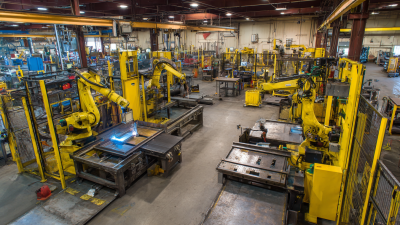
Maximizing Efficiency in Manufacturing with Advanced Robotic Welding Systems and Their Impact on Production Rates
-
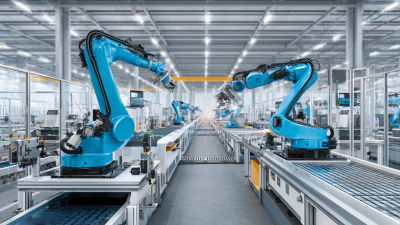
The Future of Manufacturing Embracing Robotic Welding Systems and Their Impact on Industry
-

Revolutionizing Efficiency: How Robotic Process Automation Solutions Transform Modern Workflows
-
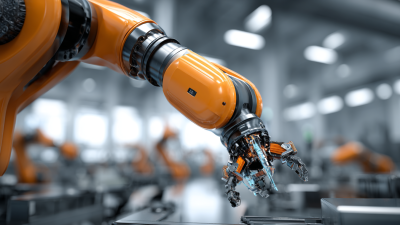
Unlocking Efficiency: How Robotic Automation Solutions are Transforming Everyday Business Operations
-
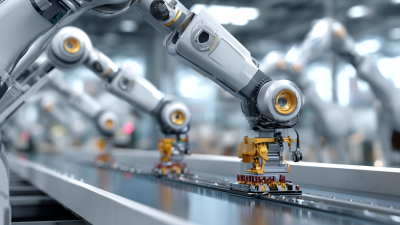
Exploring the Future of Work with Robotic Automation Solutions
-
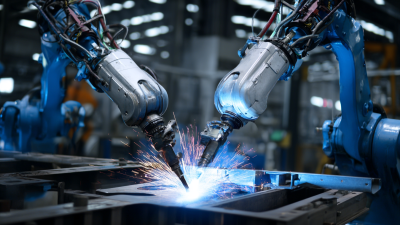
The Future of Manufacturing How Robotic Welding Machines Are Revolutionizing the Industry
